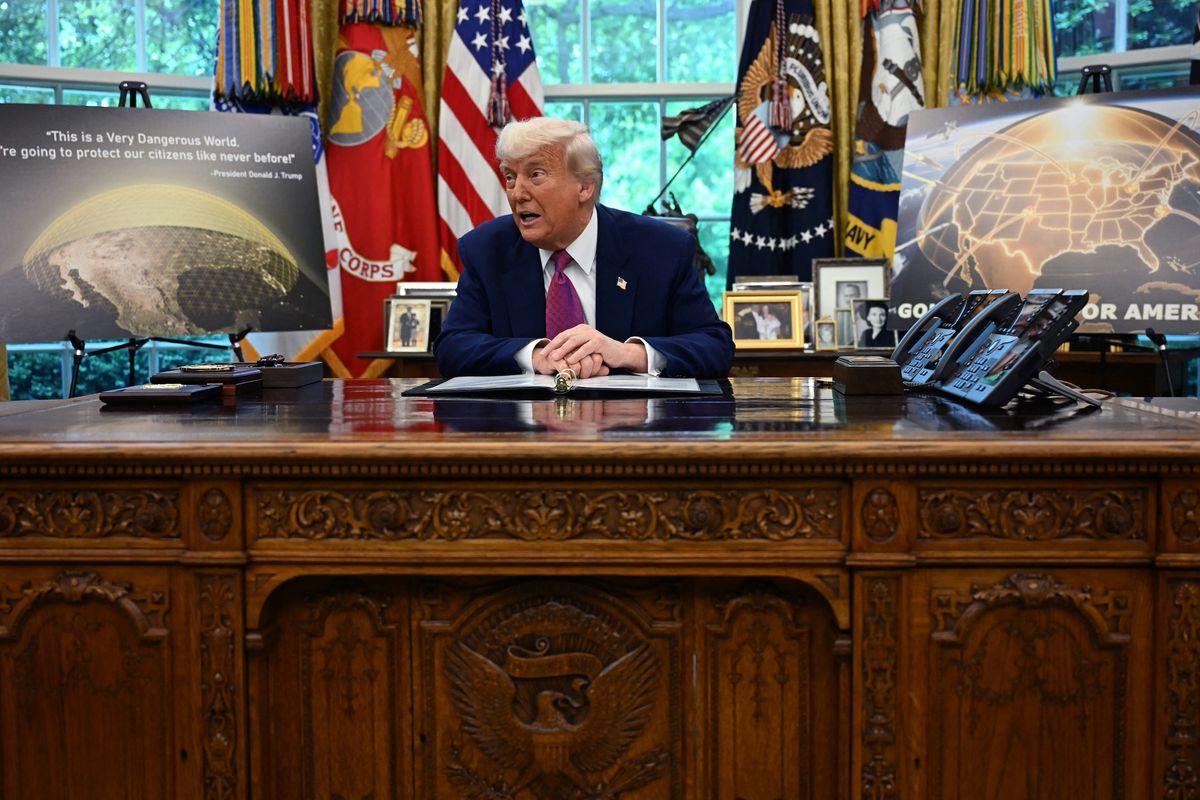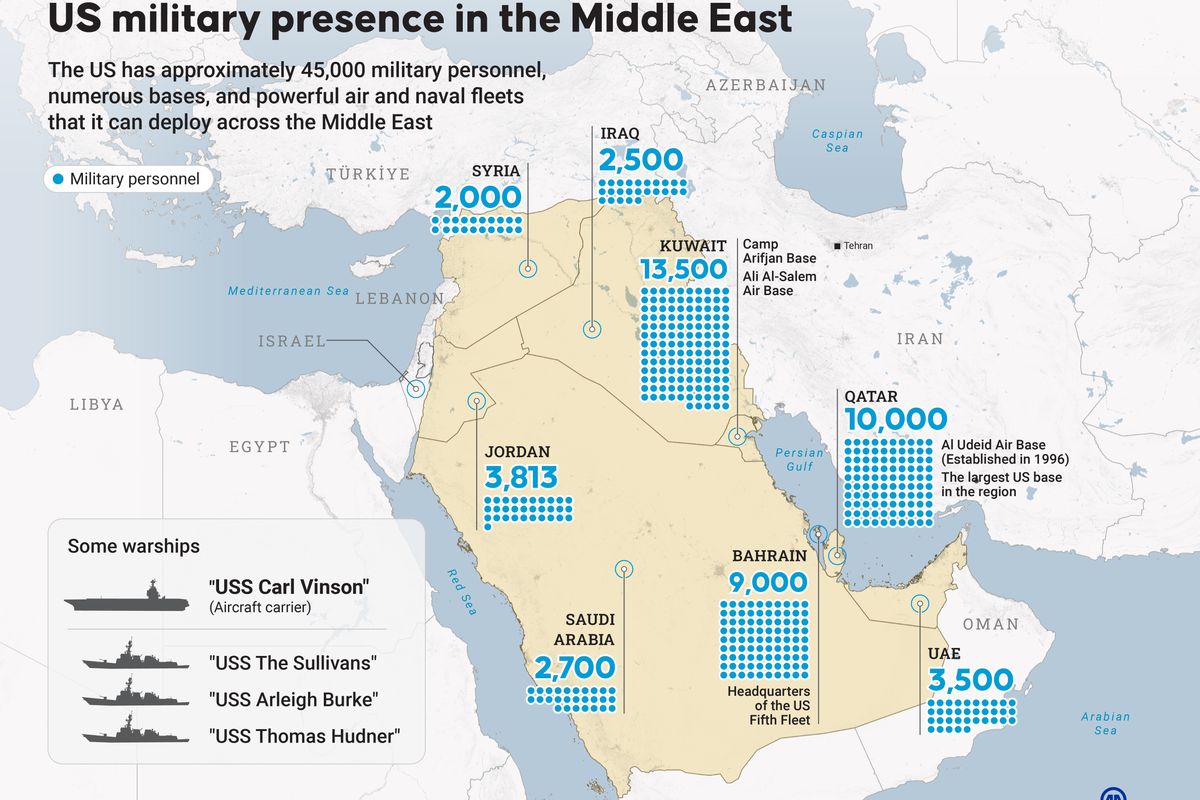Relations between the United States and North Korea hit a new low following Pyongyang’s test of an ICBM July 4. With a range of up to 5,000 miles – capable of reaching Alaska – the Hwasong-14 is North Korea’s longest-range missile to date, and its successful test is a direct challenge to U.S. President Donald Trump, who claimed in January that a North Korean ICBM capable of reaching the United States “won’t happen!” Now, as North Korean leader Kim Jong Un gloats over his Independence Day gift for the “American bastards,” the White House is rushing to ratchet up diplomatic and economic pressure on the hermit kingdom.
However, in the event that diplomacy does not work, there is a fallback option. The American ballistic missile defense system is the last line of defense against a ballistic missile strike in the United States. Decades in the making, a successful missile intercept test of the Ground-based Midcourse Defense System (GMD) in May proved that U.S. missile defense umbrella can work. Yet that umbrella is still far from perfect.
There are a number of technical and logistical issues that can hamper the effectiveness of ballistic missile defense, but few are more important than the absence of one key operational arena in missile defense, space. Although space-based missile defense systems have been discussed since the proposed Reagan-era “Star Wars” system, the United States still has relatively few operational missile defense assets in space. As potentially nuclear conflicts brew with countries like North Korea, how can the U.S. use the space domain to improve its defense against the ballistic missile threat?
The most popular public conception of space-based missile defense focuses on the idea of space-based missile interception. Among other things, the Star Wars initiative – technically the Strategic Defense Initiative – envisioned an orbital network of sensors and interceptors that could track and destroy lCBMs and sea-launched ballistic missiles.
The SDI led to research into, and some limited testing of, the Brilliant Pebbles system, which would have stationed satellites capable of dropping watermelon-sized tungsten projectiles on incoming missile threats. If implemented, says Michaela Dodge, an analyst at the Heritage Foundation, that kind of space-based missile defense system could “allow us [the United States] to intercept a large number of sophisticated ballistic missiles, taking away the enormous coercive potential of an adversary’s ballistic missile arsenal.”
However, the Brilliant Pebbles program was shuttered in 1994 and there have been few attempts to revive the concept in recent years. Former U.S. Air Force Secretary and Cipher Brief expert Deborah Lee James says that the reason for this is twofold. First, the technological hurdles are considerable. The successful GMD intercept test in May has been described as “hitting a bullet with another bullet.” A successful space-based missile interception, says James, “would be tantamount to hitting a bullet with a bullet fired from a bullet.”
The second problem is that the implementation of this kind of disruptive missile defense technology could overturn U.S. deterrence strategy regarding major nuclear adversaries, such as Russia and China. Developing a functional space interception architecture, says James, “would likely be viewed as a major escalation on our part, and it could lead others to escalate as well.”
Space-based sensors and tracking systems, however, are far more practical and could drastically improve the performance of ground- and sea-based missile interception systems. Not only do satellites in orbit have a far wider range of vision, they also provide a very different perspective on a missile than do terrestrial installations. Together with data from existing systems on the ground, space-based sensor arrays could spot an incoming missile, distinguish among warheads, debris, and decoys, and even provide “birth-to-death” tracking from launch to target. According to Thomas Karako, Director of the Missile Defense Project at the Center for Strategic and International Studies, “combining terrestrial radars below with infrared/electro-optical eyes orbiting above would dramatically help interceptors find their target.”
For this reason, the Missile Defense Agency has continued to pursue space-based sensor programs such as the Space Surveillance and Tracking System (STSS), which move beyond the existing Space-based Infrared System that spots the heat from missile launches. But the STSS is a relatively limited experimental system, which has yet to be integrated into the rest of the missile defense architecture.
Cost is one of the main reasons for the sluggish adoption of space-based systems. However, the Trump Administration appears to be interested in boosting such programs, and the rapid privatization of the commercial space launch is drastically lowering the cost of space-based assets. SpaceX, for instance, has now been certified as a national security launch provider and offers launches at roughly half the cost of its sole competitor in the field.
As costs fall and the threat from rogue nuclear actors sharpens, Karako believes that while an expanded and improved space-based sensor constellation “may not sound like the most attention-grabbing proposal to improve missile defense capability … it would be among the most significant.” Such a system would not only improve all aspects of the existing terrestrial missile defense network, it would also lay the groundwork for a new and more ambitious space-based missile defense system capable of countering emerging and future threats.
Fritz Lodge is a Middle East and international economics analyst at The Cipher Brief. Follow him on Twitter @FritzLodge.









